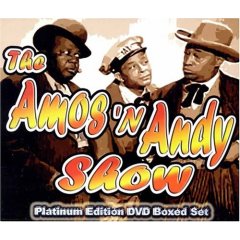
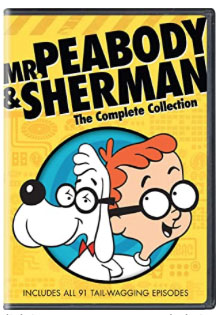

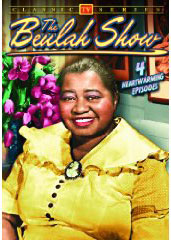
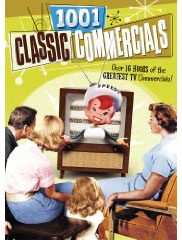
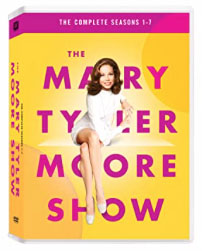
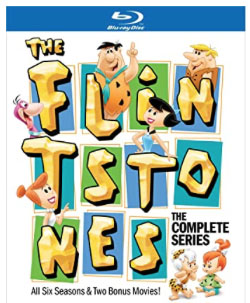
 |
 |
 |
 |
 |
 |
 |
| |
|
|||||
|
by Billy Ingram
For a significant period of time, life in America came to a virtual standstill when Amos 'n' Andy was on the air. Nearly everyone was at home listening to two white guys (Freeman Gosden and Charles Correll) pretending to be two black guys. IN THE BEGINNING In 1917, Sidney Smith created the popular newspaper comic strip The Gumps, depicting lower middle class family life. Freeman Gosden and Charles Correll were slated to play The Gumps for a proposed radio program in 1926. Before the show made it to air, the actors decided instead to create their own characters for a radio program with comic strip style continuity. Beginning January 12, 1926, Sam n' Henry became radio's first original serial and the first broadcast to feature continuing characters and storylines. The story of two simple-minded rural guys trying to make it in the big city of Chicago, Sam n' Henry was broadcast over WGN in Chicago. While the series never specifically identified the characters as black, it was certainly understood since Correll and Gosden voiced the characters with the kind of exaggerated Negro dialect found in minstrel shows of the day. Gosden told a reporter in 1981, "We chose black characters because blackface comics could tell funnier stories than whiteface comics."
Sam and Henry were roughhewn caricatures, reflecting the prevailing racial prejudices of the era, often drunk and occasionally in trouble with the law (they were arrested for gambling in an early episode). The program was so popular on WGN that Correll and Gosden performed regularly in stage appearances as the duo in blackface for which they earned $2000 a week, a staggering amount of cash in 1927. There were also several brisk-selling Victor 78 RPM records by "Sam 'n' Henry" containing routines recorded especially for vinyl. However successful their outside ventures, Correll and Gosden (writing all the scripts and playing all the major roles), were making only $100 a week for the radio program itself. With Chicago ratings through the roof, they reasoned Sam 'n Henry would go over just as big with a national audience. WGN inexplicably disagreed.
A year after its debut, Amos 'n' Andy had become a nationwide phenomenon. STORY CONTINUES AFTER THIS AD
NETWORK Amos 'n' Andy was broadcast nationally over the NBC radio network beginning in August of 1929, sponsored by Pepsodent. The show's laconic theme, The Perfect Song, became one of the classic themes of radio's golden age, a lilting tune reminiscent of the (supposed) lazy days of the old South. The action moved along at a soap-opera-slow pace, but eventually the home audience came to love these simple characters. The radio program was successful from the start, its popularity resting on the novelty of listening in on two Negroes attempting to relate to life in the sophisticated world of telephones and motor cars, as if they were cave people. Amos 'n' Andy, still written entirely by the two stars, was the top-rated program of all in 1930, with a 54.4 rating and 30 million listeners (compare that to the Super Bowl's 44.2 rating in 2004). By this time, the wily, coniving Kingfish was becoming a major personality, eventually supplanting sensible Amos as star of the show (Freeman Gosden gave voice to both characters while Charles Correll played Andrew H. Brown). "The radio has never had a more amusing feature, nor one that has created so much havoc," critic Arthur H. Samuels opined in the New Yorker. "For Amos 'n' Andy, like Sidney Smith with his Andy Gump, have finally mastered the trick of creating suspense. With half a dozen plots running through their sketches, they hold the dramatic tension in a way to arouse the admiration of Professor Baker. For a week, the Kingfish's Great Home Bank tottered on the brink of ruin and thousands of families all over America never ate a dinner in peace. The night that the Great Home Bank toppled over, with Madam Queen's fifty dollars involved in the ruin, was the blackest since that night in October after the stock market dive." Listening to early episodes with a modern ear, it's hard to get through more than five minutes of Amos 'n' Andy because hardly anything ever happened; not much more than what would be considered boring daily conversations. For instance, one episode opened with a three-minute, one-sided phone call consisting of Andy talking a female into keeping a date with the Kingfish.
book from 1931
Amos 'n' Andy - the Beginning Amos 'n' Andy Radio Program Amos 'n' Andy Format Change Amos 'n' Andy TV show What Happened to the Amos 'n' Andy Cast? |
||||||||
|
Amos and Andy Check out this catalog of classic TV shows on DVD! ORDER AMOS 'N' ANDY 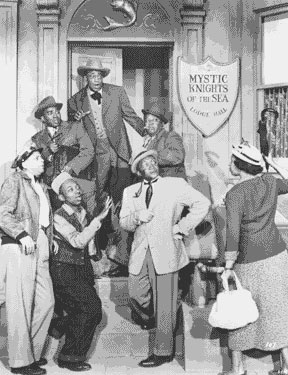 Amos
'n' Andy television cast: Amos
'n' Andy television cast: Alvin Childress - Amos Jones Tim Moore - George 'Kingfish' Stevens Ernestine Wade - Sapphire Stevens Spencer Williams - Andrew 'Andy' Hogg Brown Lillian Randolph - Madame Queen Johnny Lee - Algonquin J. Calhoun Nick Stewart - Lightnin' Amanda Randolph - Sapphire's Mama Roy Glenn - various roles Amos 'n' Andy
facts: The series was essentially a fifteen minute soap opera when it began in 1928. Reruns of the TV version of Amos 'n' Andy were removed from syndication in 1966. Amos 'n' Andy moved from NBC to CBS in 1948. At that time, almost a quarter of the nation's radios were tuned to the show weekly. "And because we believed our skits should be aimed directly at the family sitting in the living-room, including the kids, we've always had for our number-one script rule 'Keep it clean.' Next to that, these rules: 'Keep it plain,' Keep it true to character,' and of course 'Make it funny.' "There
are many other questions that could be argued over. For instance, would
we have the same old reliable theme song? Undoubtedly. We still think
the "Perfect Song," which was written for The Birth of a
Nation, a perfect song for the theme melody of Amos 'n' Andy."
Amazon Prime - unlimited streaming PR4 & PR5 Pages for Advertising
|
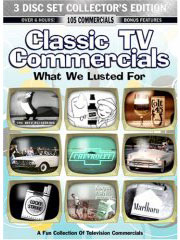 |
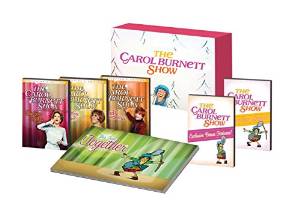
|
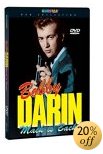
|
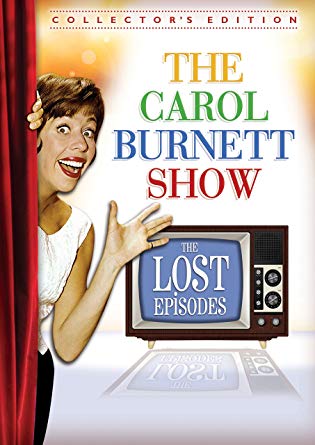 |
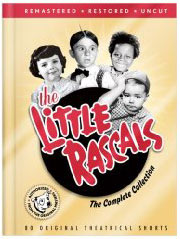 |
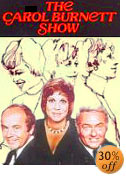 |
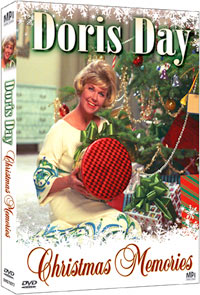 |
|
||||||||||||||
Save money! |